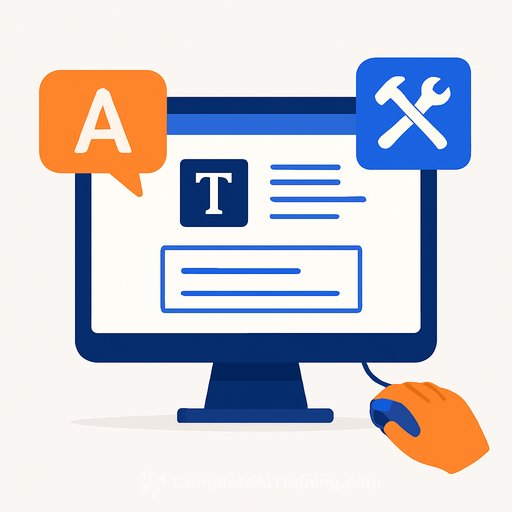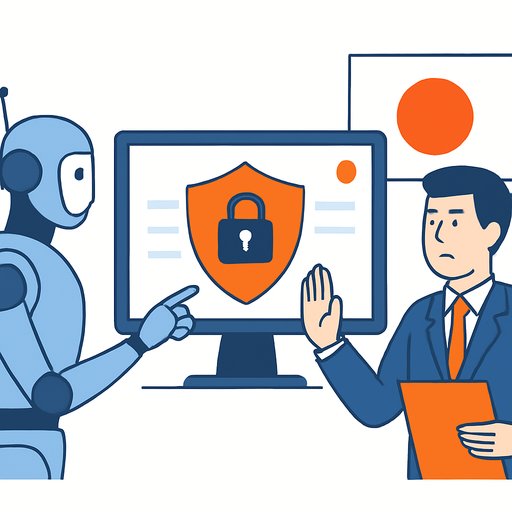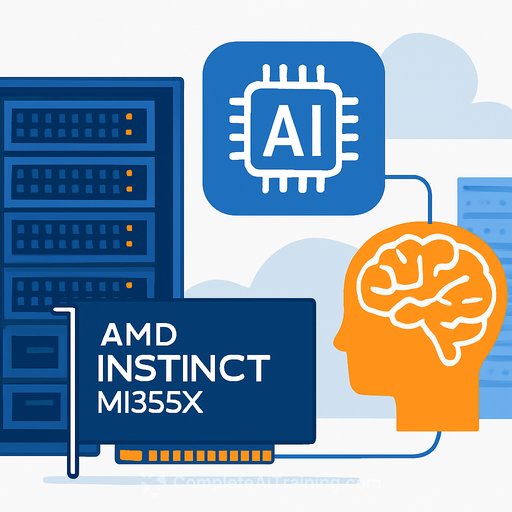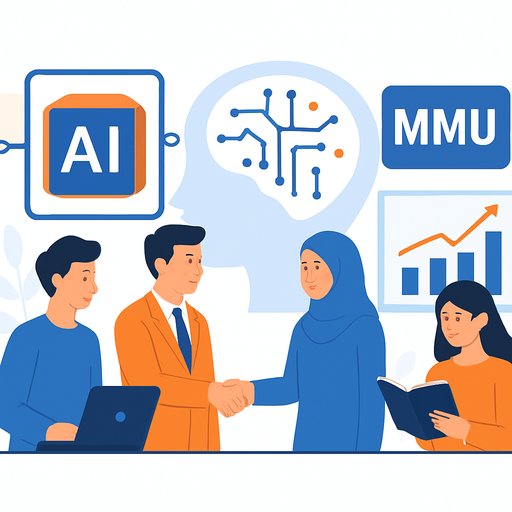Unlocking the potential of agentic AI: definitions, risks and guardrails
Agentic AI is different. It doesn't just predict or generate. It decides, takes action, and can carry out tasks with little to no human input. That capability is promising for business, but it requires stricter governance to keep outcomes safe, compliant and useful.
If your organization wants value from AI agents, start by sizing up how they differ from traditional and generative systems, where the new risks live, and which controls let you deploy them with confidence.
What is agentic AI and how is it different?
Agentic AI is a class of systems that can perceive their environment, reason about it and act toward a goal. AI agents are one implementation of this idea.
- Perceive: read data, messages, events, sensor inputs
- Reason: plan steps, choose tools, adapt to feedback
- Act: call APIs, send emails, file tickets, update code, move a robot
Traditional ML models predict outcomes. Generative models like LLMs produce text, code or images, but by default they don't act in the world. RPA follows scripted rules without adapting on the fly. Agentic systems add independent execution and goal-seeking behavior-cognitive capability plus the means to influence their surroundings.
Think of an LLM as the "brain" in a virtual space. An agent uses that brain and also reaches into real systems: calendars, CRMs, code repos, procurement tools, or even vehicles.
Why this matters now
Since 2024, businesses have been testing AI agents for support, operations, finance and engineering. The draw is clear: multi-step work, done end to end, with minimal hand-holding.
That same autonomy increases exposure. When a system can spend money, change data or push code, errors propagate faster. The answer isn't to avoid agentic AI-it's to put smart guardrails in place.
Regulatory note
Current laws, including the EU AI Act, don't explicitly define "agentic AI," but the risk-based approach still applies to systems that can independently execute tasks. Expect tighter expectations around oversight, safety testing and documentation as these systems spread.
How to identify agentic AI in your stack
- It can take actions through tools or APIs (email, calendar, ticketing, repos, payments).
- It plans multiple steps, not just single responses.
- It runs without constant prompts; triggers can be events or schedules.
- It maintains state or memory across tasks.
- It can set sub-goals and adapt when something fails.
Key risks to address
- Goal misalignment: the agent optimizes a proxy metric and creates side effects.
- Over-permissioned tools: broad scopes lead to data exposure or unwanted changes.
- Prompt/tool injection: malicious content steers the agent into unsafe actions.
- Error cascades: one wrong call triggers a chain of faulty steps.
- Privacy and IP leakage: sensitive data leaves approved boundaries.
- Compliance gaps: sector rules (finance, health, public sector) are bypassed.
- Spend and resource overuse: runaway API calls or cloud costs.
- Accountability: unclear ownership when the system acts on its own.
Guardrails that make agentic AI safe and useful
Preventative controls
- Least-privilege access: narrow tool scopes, read-only by default, explicit write paths.
- Allow/deny lists: constrain which domains, repositories, and endpoints the agent can reach.
- Sandboxing: test environments for code, data and workflow changes before production.
- Spend and rate limits: budgets per task, per agent and per time window.
- Policy-as-code: encode rules (PII handling, contract thresholds, approval gates) in the orchestration layer.
- Content and action filters: block risky prompts, secrets, and disallowed operations.
- Guarded tools: wrap every external action with validation and pre-checks.
- Secrets management: never expose tokens to model output; rotate and scope keys.
Detective controls and oversight
- Comprehensive logging: prompts, plans, tool calls, parameters and results.
- Event tracing: link actions to the plan step and user/business context.
- Human-in-the-loop: require approvals for higher-risk actions or thresholds (spend, data writes, merges).
- Anomaly detection: flag unusual action sequences or deviations from policy.
- Kill switch: immediate stop and rollback paths.
- Feedback loops: capture user ratings and error reports to retrain or reconfigure.
Lifecycle governance
- Use cases and risk classification: categorize agents by impact and permissions.
- Model and system cards: document purpose, constraints, data sources and known failure modes.
- Evaluation suites: test plans for capability, safety and bias before and after release.
- Change control: version agents, tools and prompts; require review for policy-affecting changes.
- Periodic audits: check logs, permissions and outcomes against business and regulatory requirements.
Practical patterns that work
- Read-first, write-later: agents propose changes with diffs; humans approve writes or commits.
- Spend-capped purchasing: agents can create carts and route for approval above set limits.
- Code assistant with merge gates: open PRs with tests; senior developer approves merges.
- Customer email triage: draft responses and tag CRM fields; agent cannot send without review in early phases.
Reference architecture (high level)
- Orchestrator: planning and tool selection with explicit policies.
- Tool adapters: API wrappers that enforce validation and scopes.
- Policy engine: allow/deny rules, rate limits, approval workflows.
- Memory/state store: bounded, auditable context with retention rules.
- Telemetry and audit: structured logs, traces and dashboards.
- CI/CD for agents: tests, evals and staged rollouts like any software service.
What to do next
Leaders and product owners
- Inventory existing and planned agents; map actions to business risk.
- Set risk appetite and approval thresholds for spend, data access and code changes.
- Fund a shared guardrail platform so teams don't reinvent controls.
- Track impact metrics: cycle time saved, error rates, approval rates, incidents per 1,000 actions.
IT, engineering and ops
- Start with low-permission pilots in a sandbox and expand scopes with evidence.
- Instrument everything: logs, traces, prompts, tool calls, evaluations.
- Add policy-as-code to the agent framework; block disallowed actions at the adapter level.
- Build evaluation harnesses with realistic tasks and red-team prompts (tool injection, data exfiltration tests).
Science and research
- Measure autonomy effects: compare single-turn vs. multi-step planning on accuracy and error fallout.
- Benchmark tool-use reliability and recovery from failure modes.
- Study goal specification: how different prompts, constraints and rewards change outcomes.
Quick checklist
- Do we know which systems are agentic and what they can change?
- Are permissions scoped, logged and reviewed?
- Do high-risk actions require human approval?
- Can we stop and roll back fast?
- Do we run regular evaluations and audits?
Keep learning and upskilling
If you're building or overseeing AI agents, focused training speeds up safe adoption and helps standardize practices across teams.
Bottom line
Agentic AI expands what AI can do for your business-end-to-end execution, not just suggestions. Treat governance as a feature, not a tax. With the right guardrails, you get speed, safety and trust at the same time.
Your membership also unlocks:










